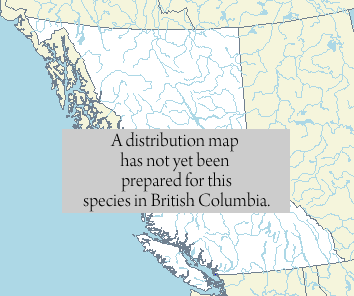Seeing Pacific white-sided dolphins in the wild can put a smile on anyone’s face. They are very social, normally travelling in groups of 20 to several hundred. In one group seen far offshore there were an estimated 6,000 dolphins! Large groups are often noticeable from quite far away. As they race through the water, their dorsal fins kick up a splash called a rooster tail. Pacific white-sided dolphins are eager surfers and seldom pass up a chance to ride a bow or stern wave. They have even been seen to abandon a meal to race over to a passing boat. Fast, powerful swimmers, they cartwheel and somersault with almost reckless abandon. Once, one accidentally leapt 3 metres onto the deck of a moving research ship! Pacific white-sided dolphins not only enjoy each other’s company, they also like to travel with other types of whales and dolphins. They have been seen with northern right whale dolphins, Risso’s dolphins, and humpback and gray whales, among others. Even seals and sea lions can be playmates.
|
Very little is known about the life history of the Pacific white-sided dolphin. Studies are now underway to learn more about their biology. It is likely that calves are born in summer or early fall. Newborns are about 95 centimetres long. Pacific white-sided dolphins are very ‘talkative’ animals. Using air trapped in their blowholes, they make a variety of very high-pitched squeals, whistles and whines. These noises are most likely used to communicate with each other. Pacific white-sided dolphins also use clicking sounds, known as echolocation, to find their way around and to catch their
food. They eat squid and small schooling fish, such as lanternfish, herring, hake, and anchovies. They use their small, pointed teeth to capture their prey, which they usually swallow whole.
|
|
